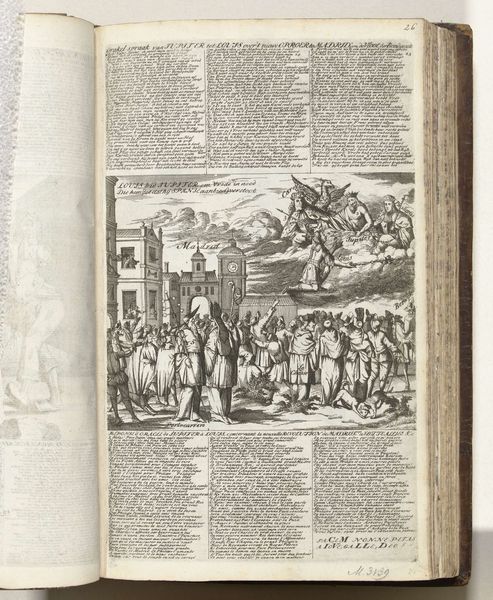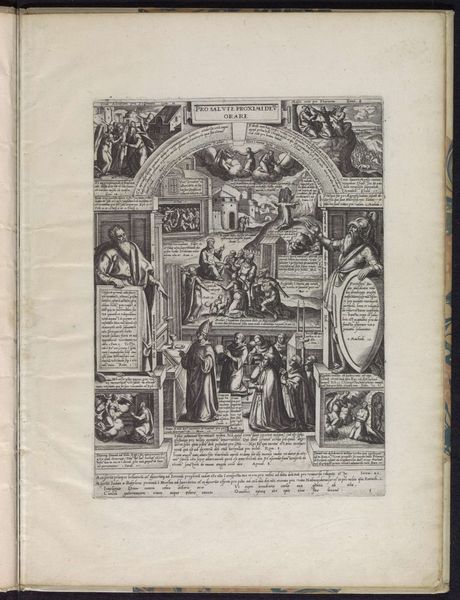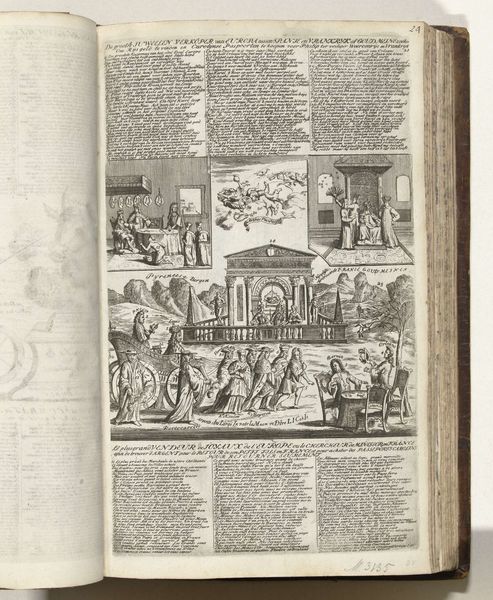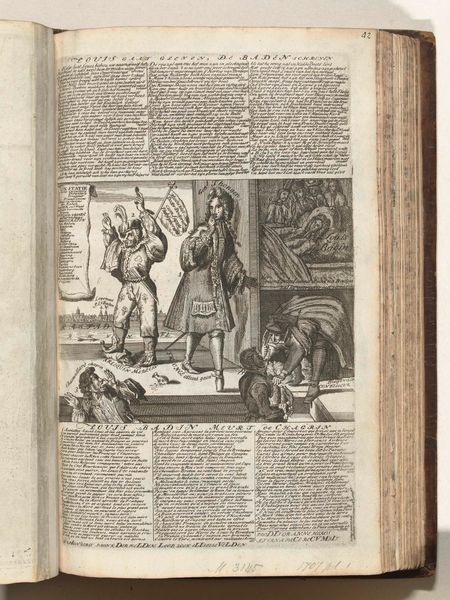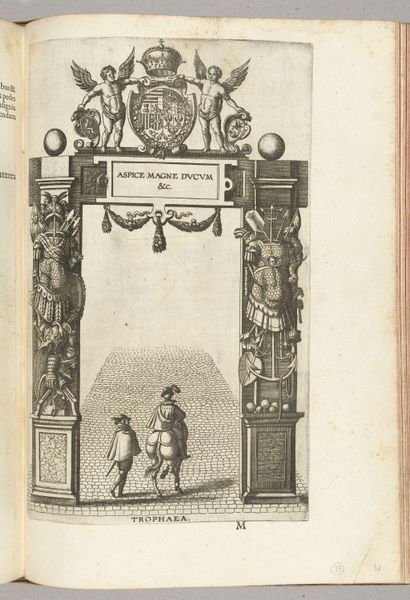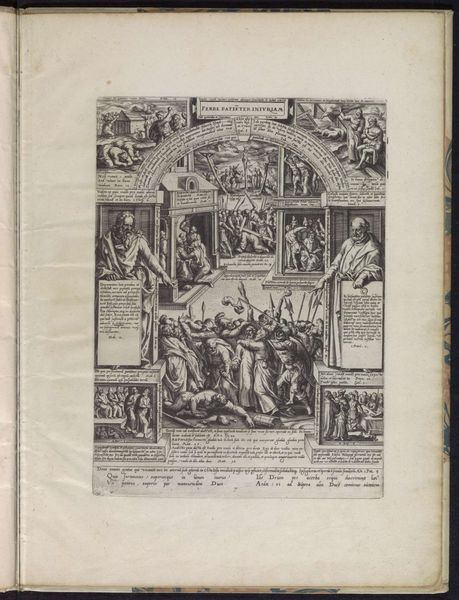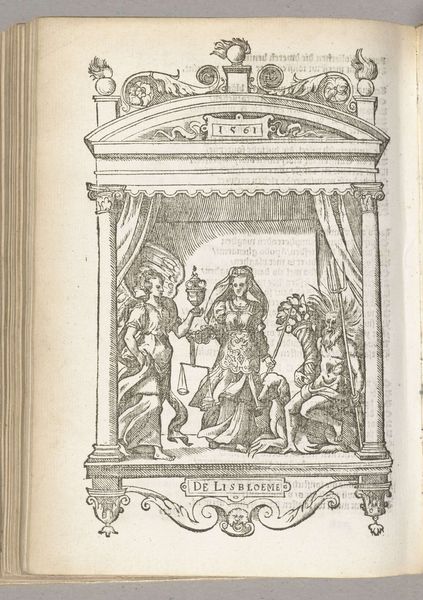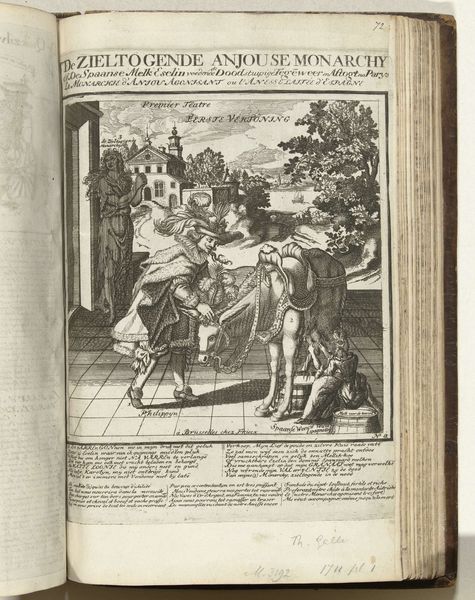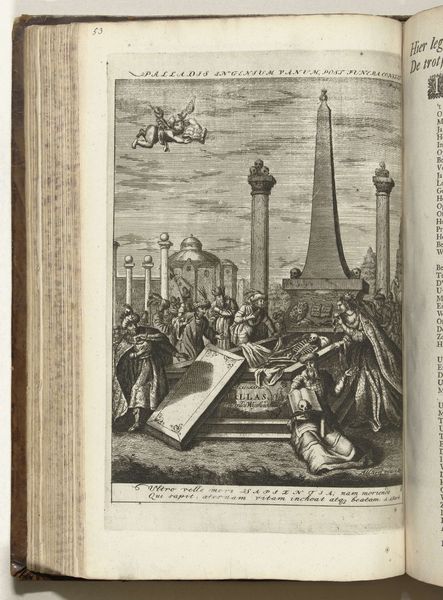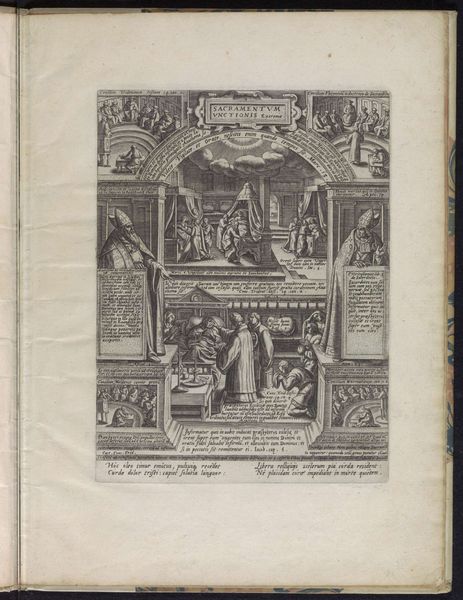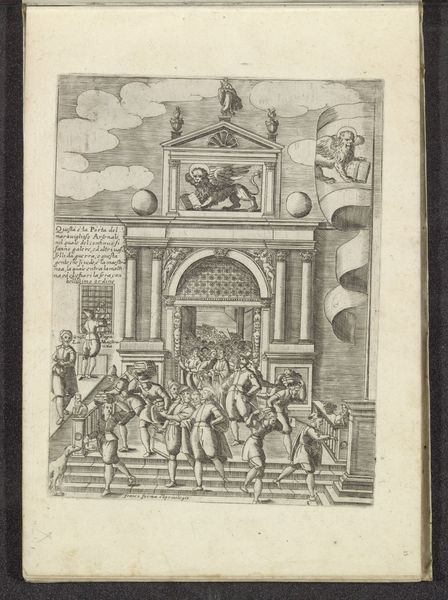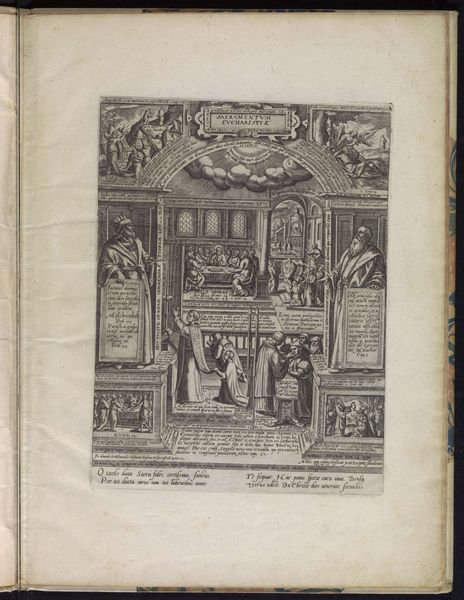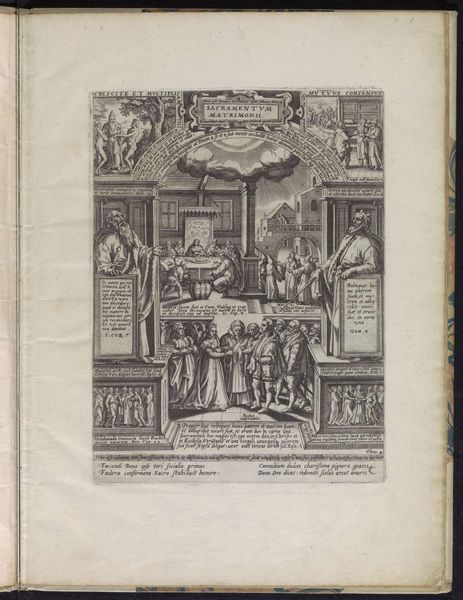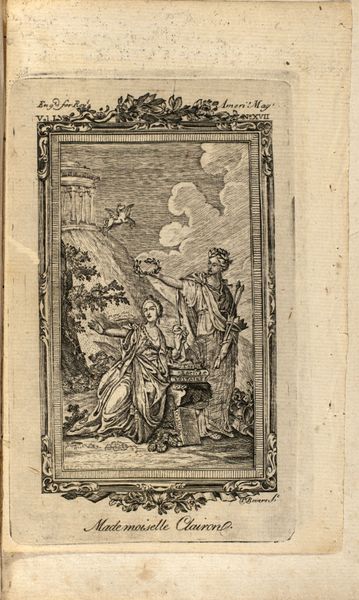
print, engraving
#
portrait
#
baroque
# print
#
history-painting
#
engraving
Dimensions: height 315 mm, width 200 mm
Copyright: Rijks Museum: Open Domain
Curator: Oh, look at this. The details of the engraving, so delicate. Do you think that this type of style of art is well-understood today? I feel it takes one to really dive into it, no? Editor: Absolutely. Here we have a print titled "Koningin Anna plukt de Franse haan," dating back to 1706. It is housed at the Rijksmuseum. Immediately I see a meticulously crafted tableau with Queen Anne at its center, literally plucking a French rooster. The air feels charged, triumphant, don’t you think? A Baroque power play frozen in ink. Curator: Oh yes. It almost feels aggressive, this image, even as a still print. I want to root for the rooster somehow, even if that is not historically, erm, appropriate, given the tensions of the time! Editor: The artwork definitely embodies the complex political theater of the early 18th century. This imagery speaks volumes about Anglo-French rivalry during the War of the Spanish Succession. Queen Anne, symbolically dethroning Louis XIV—the "French rooster"—is a potent statement of British ascendancy. It reflects a broader power struggle and how nations use symbolic imagery to cement narratives of dominance and control. It's more than a historical record; it's propaganda etched in time. Curator: So true. It is interesting how the symbolism feels both so dated and yet eternally applicable to global tensions and power plays today. Also, you know, maybe I like the level of obviousness of the plucking image. Some artwork feels obscure to the point of snobbery; I love that there is little to misinterpret here. Editor: The lack of subtlety is precisely its strength. Visual rhetoric needed to be clear, especially in printed form. Considering who this art was speaking to can offer insights into the relationship with colonial endeavors. Curator: Right, so its very simplicity actually contributes to how subversive and poignant it is, which, to me, is timeless in its effects. Editor: Indeed. Examining works like these prompts reflection on how art has consistently served as a tool for shaping and solidifying sociopolitical norms, influencing perceptions and power dynamics. The study of it pushes forward how it remains today. Curator: And, ultimately, allows for a deeper understanding of not just history, but our present moment. What a discovery.
Comments
No comments
Be the first to comment and join the conversation on the ultimate creative platform.
